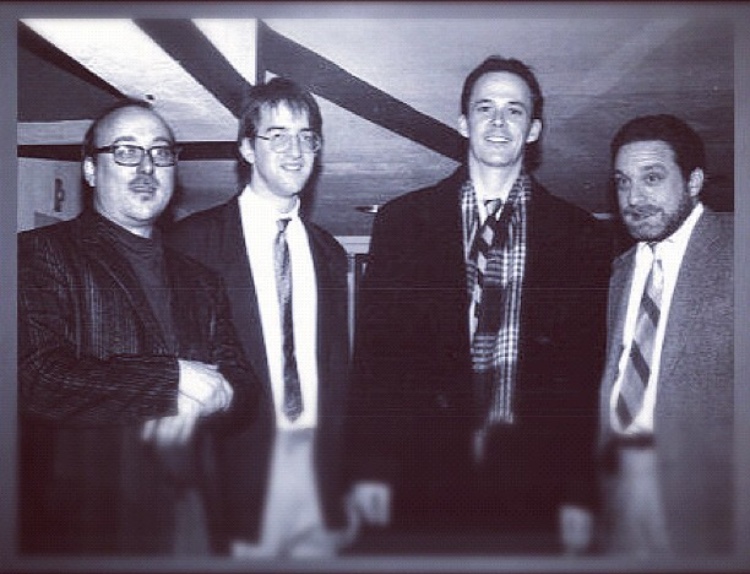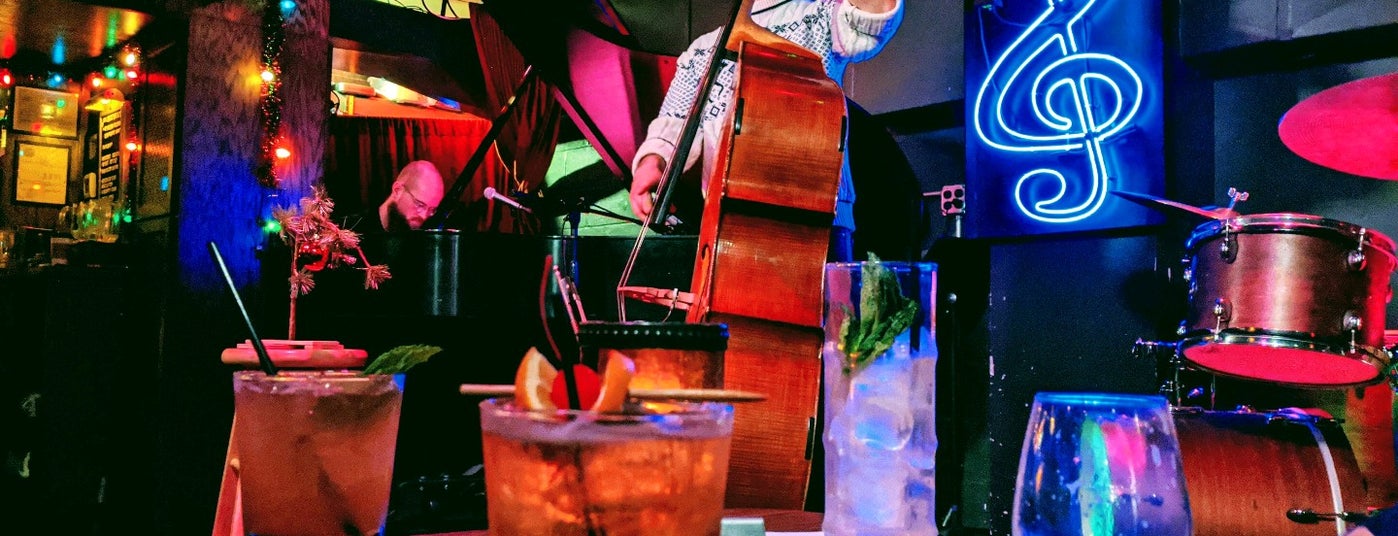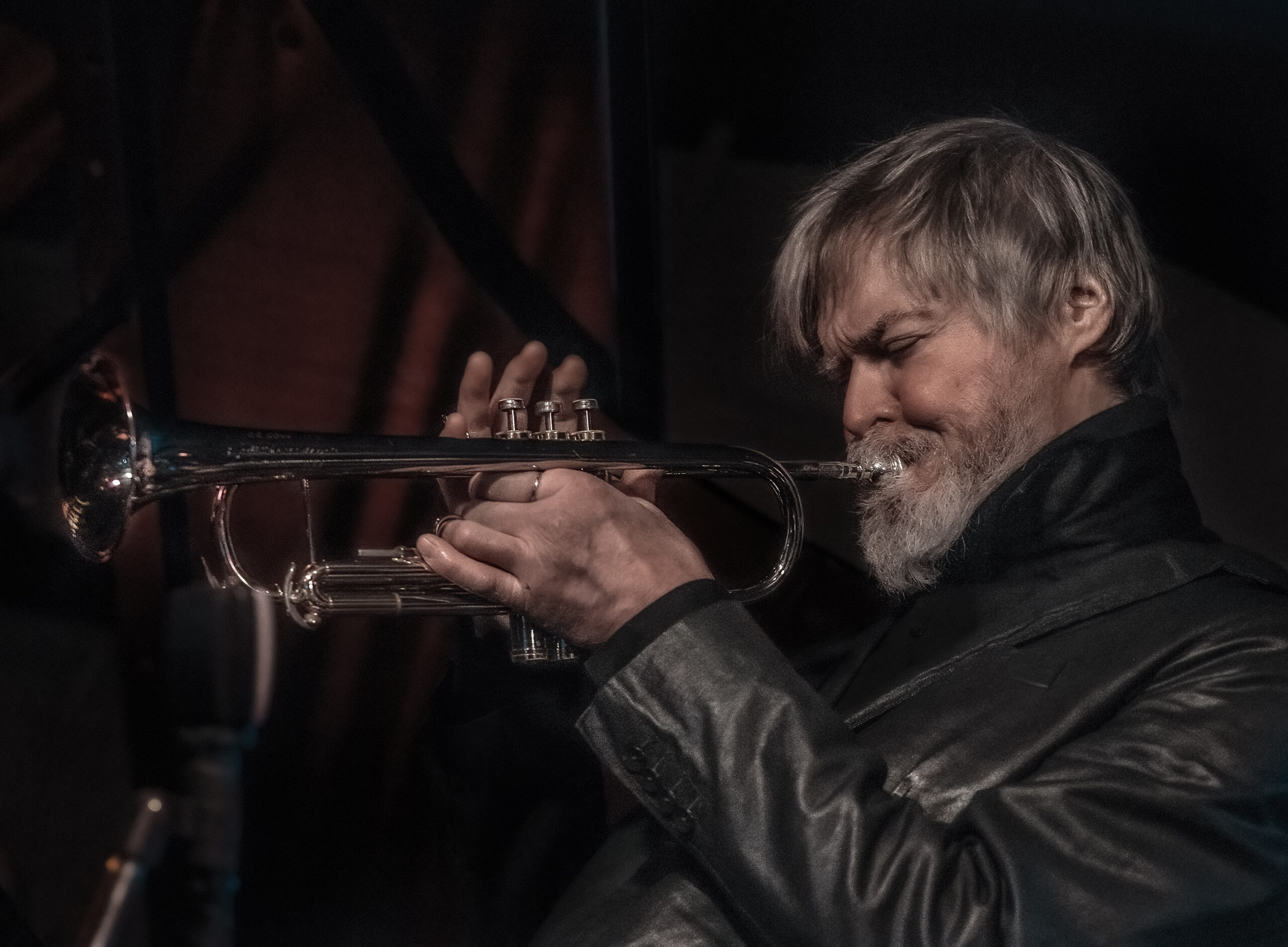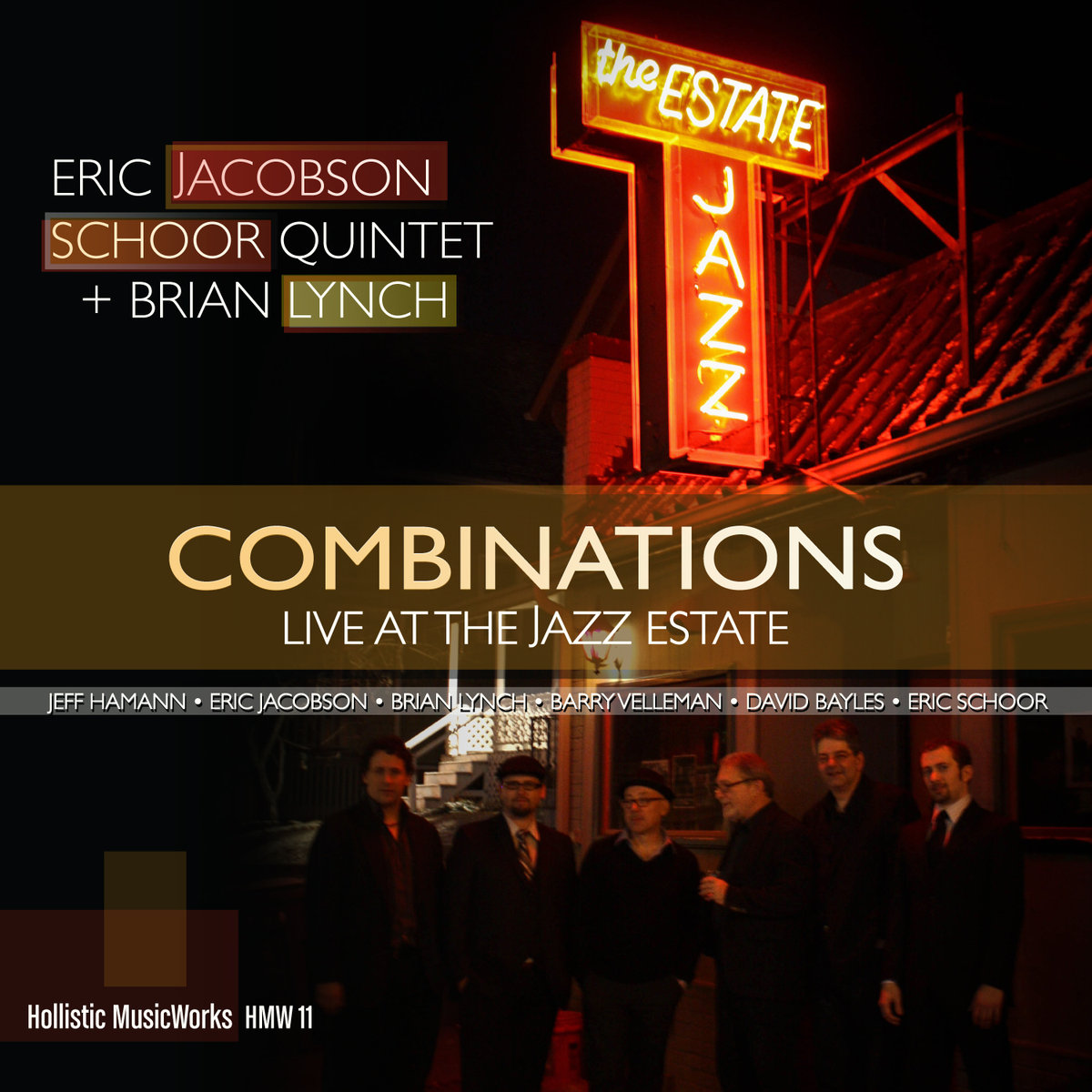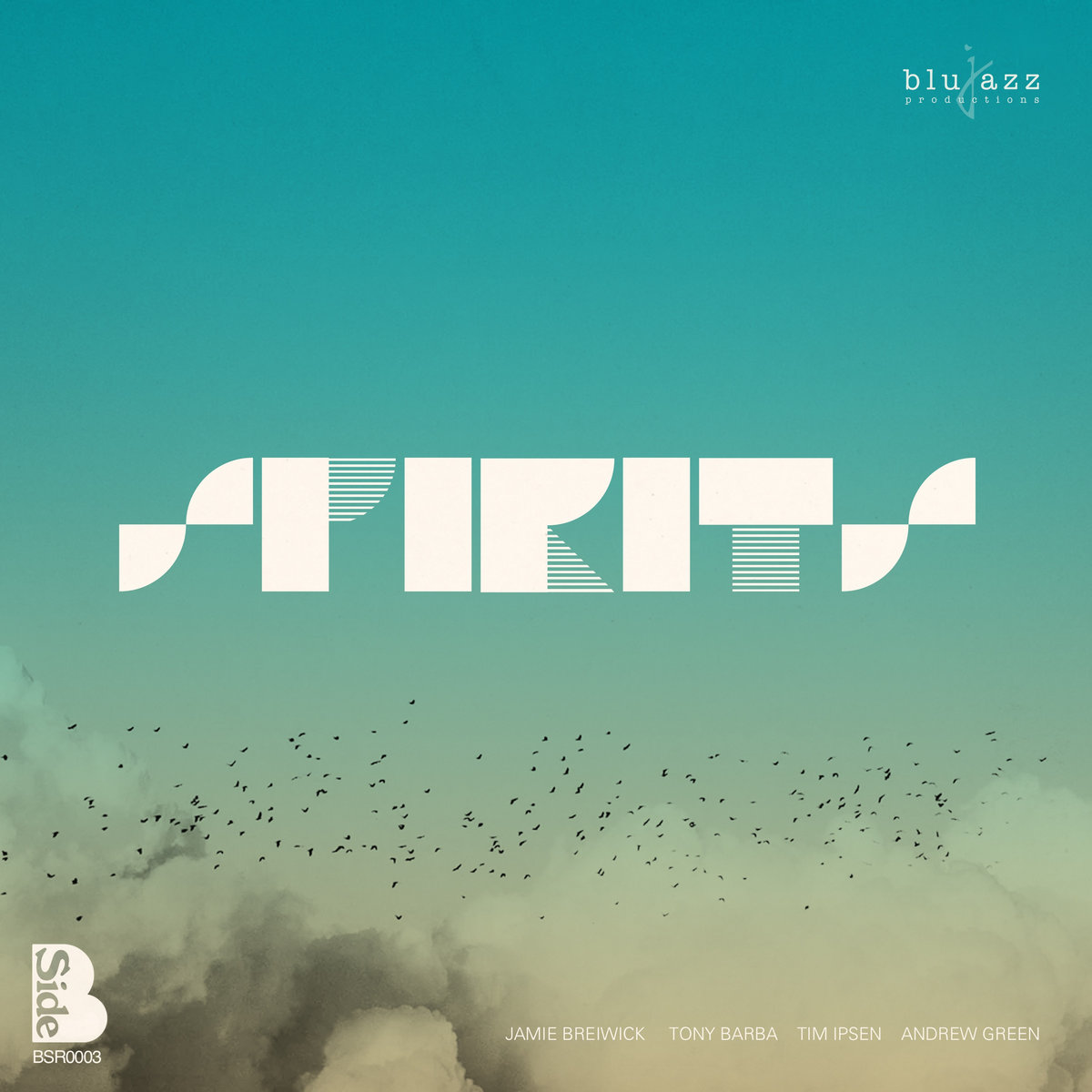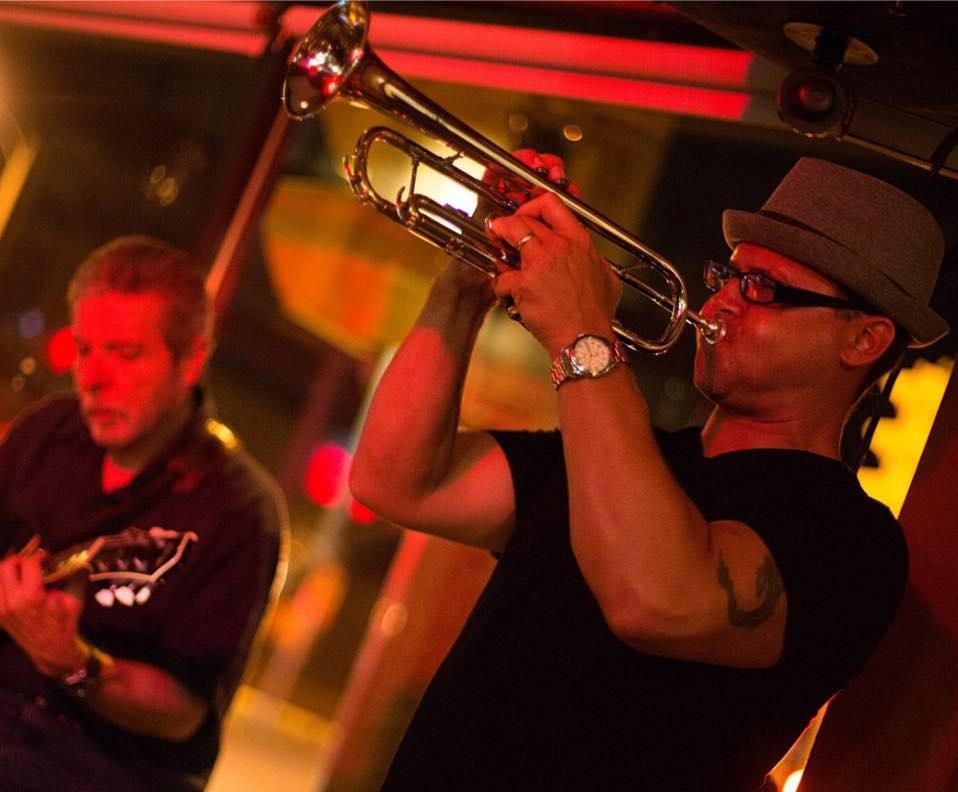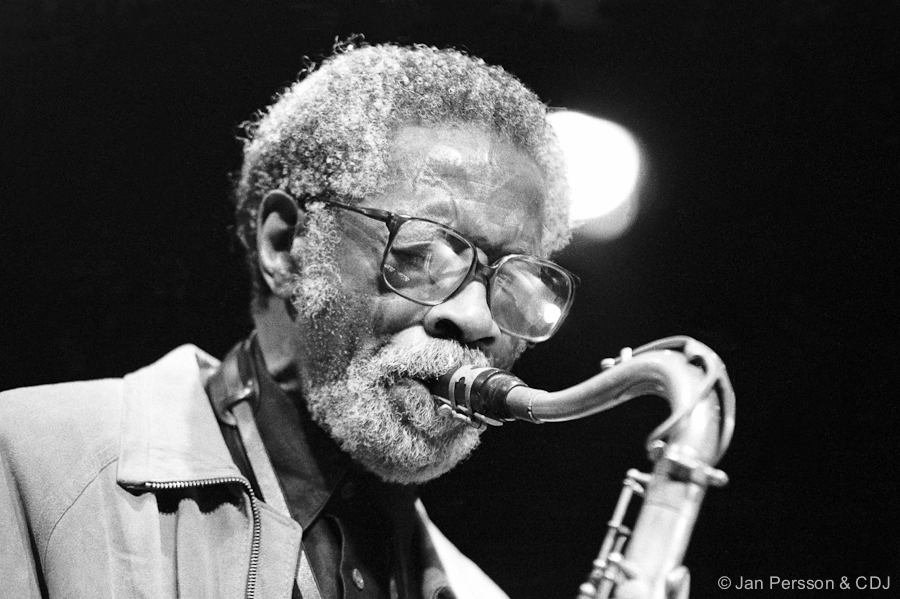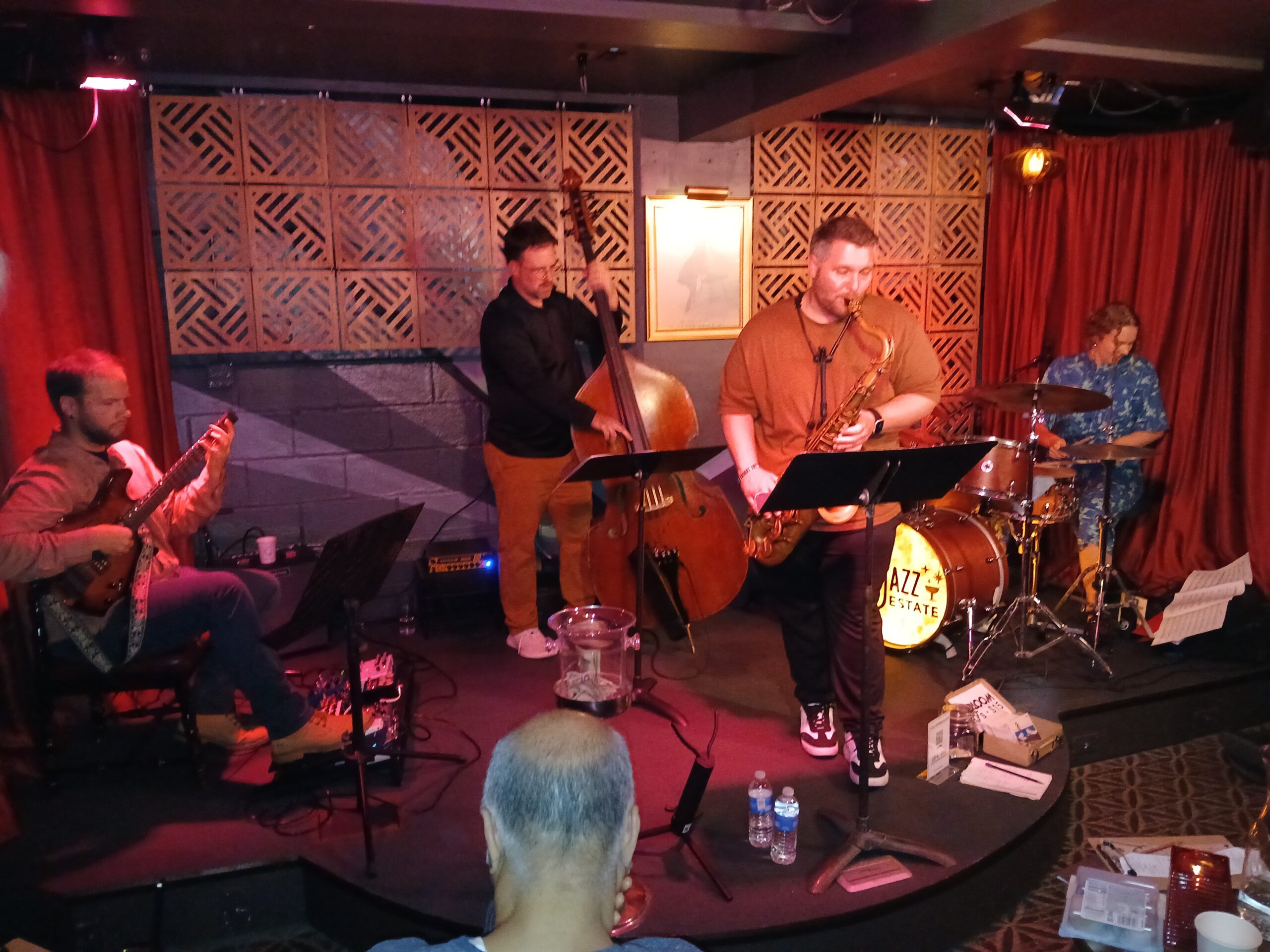
The Milwaukee jazz quartet Heirloom performed an album release concert at The Estate recently. Photo by Kevin Lynch
For a jazz club to survive since 1977, especially in Milwaukee, you’d
have to think it just might be haunted by cats, as in a place of nine lives,
where a tail may sway or wiggle, but typically swings and sometimes
even forms an S curve, akin to Miles Davis’s famous posture while
soloing.
The Estate (a.k.a The Jazz Estate) has never been blessed with Miles
in person. But jazz, America’s indigenous art form, is now a long, strong
international language spoken by many practitioners, including such
famous Estate performers as Joe Henderson, Tom Harrell, The Bad
Plus, Harry Connick Jr., Cedar Walton, Eddie Gomez and Little Jimmy
Scott, and Milwaukee-bred stars like Brian Lynch, Lynne Arriale, and
David Hazeltine, among others.
Cat ‘tails are a serious theme here, as current owner John Dye has
transformed the joint into one the city’s most sophisticated cocktail
hangouts, befitting hip culture, jazz or no jazz.
So the music has faded into the club’s ether several times over the
years. But give this city some props for helping to revive venue’s music.
There are reasons why local jazz singer Jerry Grillo has made
Milwaukee his own in a celebrated recorded anthem titled “My
Hometown, Milwaukee” just as he’s made The Estate his artistic and
cocktailed home away from home. The song won a 2023 WAMI Award
for “Most Unique Song” and a mayoral proclamation for “Milwaukee
Day” in May of 2022. The mayor helped cement the venue’s reputation
in Milwaukee lore, at least obliquely, like the proverbial cat standing slyly
in the bandstand shadows. Grillo’s song is colorfully celebratory and
self-deprecating, again, pure Milwaukee.
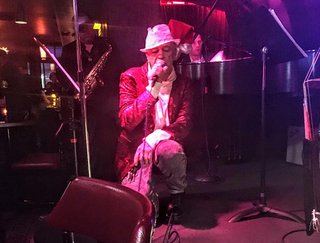
Jazz singer Jerry Grillo adds drama to one of his many performances over the years at his “home” club, The Estate. The singer will perform a Christmas show at The Estate on December 5. Photo courtesy jerrygrillo.com
In other words, this town has a still-underapprecated modern legacy of
jazz performance and radio. Think of the indomitable and peripatetic dejay Ron Cuzner, WHAD’s Michael Hanson, or WMSE’s Jim
Glynn and Dr. Sushi, or Howard Austin and WYMS programming in the
1980s and ’90s. They all helped sustain jazz consciousness and
lifebood for the sake of live events, which Cuzner frequently emceed
during his many years as the city’s pied piper of airwaves jazz. The
community of jazz that has sustained the local culture over those years
has included, along with The Estate, The Wisconsin Conservatory of
Music, The Milwaukee Jazz Gallery and its offspring, the JGCA, The
Pfister Hotel’s Blu nightclub and Mason Street Grill, Caroline’s Jazz Club, Bar Centro, Transfer Pizzeria Cafe and The Milwaukee Jazz Institute, an exemplary recent education and concertizing organization.
This is all to put one uber-cozy and eccentrically-configured East Side
club in its rightful historical context. The Estate endured nearly
devastating losses during COVID. A small miracle of persistence?
The intimacy and modest size has seemingly put it beyond the
perceived employment of many regional jazz artists who might have
ostensibly outgrown such neighborhood venues, such as renowed
cutting-edge Chicago saxophonist Ken Vandermark, as Dave Cornils
expained recently in an east side coffeeshop. “He told me a lot of
venues don’t invite us,” Cornil relates.
Who’s Dave Cornils? A new cat in town? He’s a 40-ish gatekeeper of
the music, the latest Estate manager and music booker. He’s actually
been a Dye right-hand man, a barkeeper par excellence who had to
memorize the five-to-six hundred drink recipes Dye requires for
Byrant’s, his showcase cocktail lounge. There’s no menu there, so
Cornils had to ask a customer what she likes, read her response and
whirl up a wizard’s brew. Doubtless his improbable acumen at this
weighty task helped Dye decide Cornils had the chops to book good
jazz and related music.
Those duties might actually be easier than all the esoteric mixology, with
some artist website assistance. “It’s been fun, a challenge for a nerdy,
encyclopedic brain,” he says with measured self-regard. How did he get
into jazz? “My parents were not a jazz family. So this was an offshoot of
rebellion. Whatever they didn’t like must be cool. I learned from records
and listening to WMSE, which was like going down a rabbit’s hole. Jazz
there is a bottomless pit, but it also keeps you humble.” Jazz guitarist
Andrew Trim enhanced Cornil’s education when he became a fellow
bartender.
The manager’s formal education and professional background is in
graphic design. “I’ve built up the club’s calender with a rotation of local
performers, a young crop of comers with drive,” he says. Those include
the sparkling quartet Heirloom, which just played the Estate for a
release event for their excellent debut album Familiar Beginnings.
Others include The Erotic Adventures of the Static Chicken and vocalist-
pianist Faith Hatch. Maybe the essence of the place’s straight-ahead
jazz legacy is exemplified currently by virtuoso Milwaukee trumpeter
Eric Jacobson, who performed “Joyspring”: The Music of Clifford Brown”
in early October, inflaming the the historic post-bop fire for the present.
Among compelling out-of-towners on deck include Chicagoans guitarist
and Blue Note recording artist Fareed Haque who returns October 18,
and cornetist Josh Berman on October 10, then acclaimed East Coast saxophonist-
composer Caroline Davis on November 7.
“Berman is aways interesting including the way he moves his body to his music. You can be deaf and know what he’s playing,” Cornils quips.
A stylistic wild card will be Victor DeLorenzo and Friends, on October 25. Milwaukeean DeLorenzo is best known as the original drummer for the renowned jazz-influenced folk-punk band The Violent Femmes.
Even local artists are getting their financial due. A new policy has each
set being a separate show and cover charge. “It’s the only way to to
make enough money for the musicians, given that the place seats 60
maximum.”

The Estate stage and some of its distinctive seating layout.
About a dozen choice seats are ultra-intimate with the stage
— a couple feet away. The majority of audience seating extends in two long wings on each side of the stage, one including the bar. Right behind the close-up seats is a narrow walkway and wall shelf for drinks of standing listeners, and then the
restrooms. So, improbable as it seems, a seat on one of these two
enclosed thrones can provide some of the best music acoustics you’ll
find in town.
If such musical and mixological magic can happen at the Estate, may it
live on forever.
____________
The Estate website, including detailed information on all upcoming music performances, is here: https://www.estatemke.com/
This article was originally published in The Shepherd Express: https://shepherdexpress.com/music/local-music/jazz-is-back-at-the-estate/




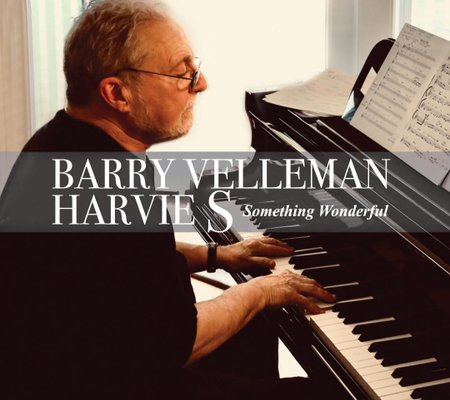 Album review: Barry Velleman/Harvie S. — Something Wonderful (RVS Records)
Album review: Barry Velleman/Harvie S. — Something Wonderful (RVS Records)